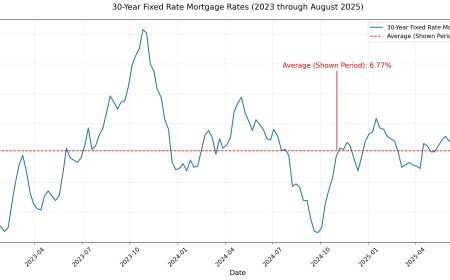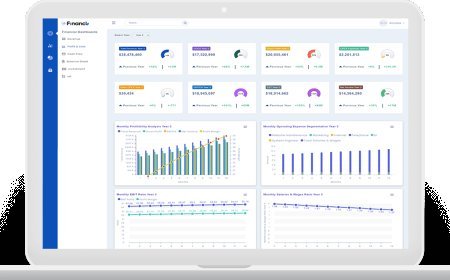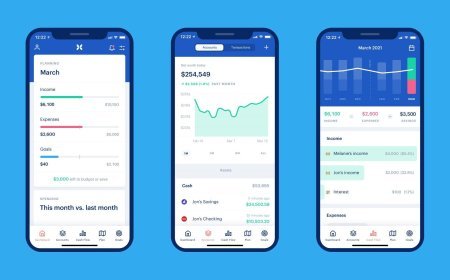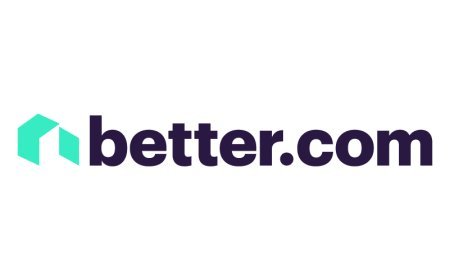Robo-Advisors vs. Traditional Financial Advisors: Which is Right for You?
Compare robo-advisors and traditional financial advisors to determine the best option for your investment needs, budget, and financial complexity.

The choice between robo-advisors and traditional financial advisors represents a fundamental decision in modern wealth management. Each approach offers distinct advantages and limitations, making the right choice dependent on your financial situation, investment goals, and personal preferences.
Robo-advisors are automated investment platforms that use algorithms to manage portfolios based on your risk tolerance, time horizon, and financial goals. Popular platforms like Betterment, Wealthfront, and Vanguard Digital Advisor typically charge 0.25-0.50% annually in management fees, significantly less than traditional advisors who often charge 1-2% of assets under management.
Traditional financial advisors provide personalized financial planning services through human interaction, offering comprehensive advice on investments, insurance, estate planning, tax strategies, and retirement planning. They typically require minimum account balances of $100,000-$1,000,000 and provide ongoing relationship management with regular check-ins and strategy adjustments.
Cost differences between the two approaches can be substantial over time. A robo-advisor charging 0.25% on a $100,000 portfolio costs $250 annually, while a traditional advisor charging 1% costs $1,000. Over 20 years with 7% annual returns, this difference amounts to approximately $30,000 in additional costs for traditional advisory services.
Robo-advisors excel at portfolio management through automated rebalancing, tax-loss harvesting, and maintaining optimal asset allocation. They remove emotional decision-making from investing, consistently following evidence-based strategies regardless of market conditions. Most platforms offer goal-based investing, allowing users to set specific targets for retirement, home purchases, or other objectives.
The automation provides significant advantages for disciplined investing. Robo-advisors automatically invest deposits, rebalance portfolios when allocations drift, and harvest tax losses without requiring user intervention. This systematic approach often produces better results than manual portfolio management where emotions and timing mistakes can hurt returns.
Traditional advisors offer comprehensive financial planning that extends far beyond investment management. They can provide estate planning guidance, insurance reviews, tax planning strategies, college funding advice, and business succession planning. This holistic approach addresses complex financial situations that automated platforms cannot handle effectively.
The human element of traditional advisory relationships provides emotional support during market volatility and major life changes. Experienced advisors help clients stay committed to long-term strategies during periods of market stress when emotions might drive poor decisions. They can also adapt strategies based on changing life circumstances in ways that algorithms cannot anticipate.
Access and minimums vary dramatically between options. Most robo-advisors accept accounts starting from $0-$500, making professional investment management accessible to beginning investors. Traditional advisors typically require substantial minimum balances, limiting access to high-net-worth individuals and excluding many potential clients.
Investment options differ significantly between platforms. Robo-advisors typically use low-cost index ETFs to build diversified portfolios, focusing on broad market exposure rather than individual stock selection. Traditional advisors may offer access to individual stocks, mutual funds, alternative investments, and specialized strategies not available through automated platforms.
Customization capabilities favor traditional advisors for complex situations. While robo-advisors can adjust risk levels and exclude certain investments, they cannot accommodate unique constraints or specialized strategies. Traditional advisors can create highly customized portfolios that account for concentrated stock positions, tax situations, ethical preferences, or specific investment beliefs.
Technology integration varies between traditional advisory firms. Some embrace modern portfolio management software and client portals that rival robo-advisor platforms, while others rely on outdated systems and limited digital access. When evaluating traditional advisors, consider their technology capabilities and client communication methods.
Tax optimization represents an area where both approaches offer advantages. Robo-advisors provide automated tax-loss harvesting and asset location optimization at no additional cost. Traditional advisors can implement more sophisticated tax strategies like charitable giving, estate planning, and business tax optimization that require human expertise and coordination with other professionals.
Behavioral coaching is a significant advantage of traditional advisory relationships. Advisors help clients avoid common investment mistakes like chasing performance, panic selling during market downturns, or making emotional investment decisions. This behavioral guidance often justifies advisory fees by preventing costly mistakes that could destroy long-term wealth.
Hybrid approaches combine elements of both models, offering automated portfolio management with access to human advisors for planning questions. Platforms like Vanguard Personal Advisor Services, Schwab Intelligent Portfolios Premium, and Betterment Premium provide robo-advisor efficiency with human support for more complex needs.
Consider robo-advisors if you have straightforward investment needs, prefer low costs, want automated portfolio management, are comfortable with technology, and don't need comprehensive financial planning. Robo-advisors work well for young investors, those with simple financial situations, and people who want hands-off investment management.
Choose traditional advisors if you have complex financial situations, need comprehensive planning beyond investments, want personal relationships with advisors, have substantial assets requiring sophisticated strategies, or prefer human interaction for financial decisions. Traditional advisors benefit high-net-worth individuals, business owners, and those nearing retirement.
Evaluation criteria for robo-advisors include management fees, account minimums, investment options, tax optimization features, goal-setting tools, customer service availability, and platform usability. Compare how different platforms handle rebalancing, tax-loss harvesting, and goal tracking to find the best fit.
When selecting traditional advisors, consider their credentials (CFP, CFA, ChFC), fee structure (fee-only vs. commission-based), investment philosophy, client communication style, technology capabilities, and minimum account requirements. Interview multiple advisors to find someone whose approach aligns with your needs and personality.
The decision isn't necessarily permanent - you can switch between approaches as your needs change. Many investors start with robo-advisors and transition to traditional advisors as their wealth and complexity increase. Others use robo-advisors for basic portfolios while working with traditional advisors for specialized planning needs.
What's Your Reaction?
 Like
0
Like
0
 Dislike
0
Dislike
0
 Love
0
Love
0
 Funny
0
Funny
0
 Angry
0
Angry
0
 Sad
0
Sad
0
 Wow
0
Wow
0








































